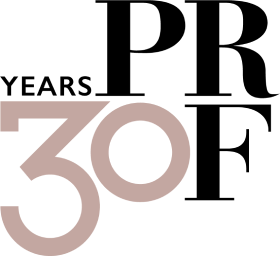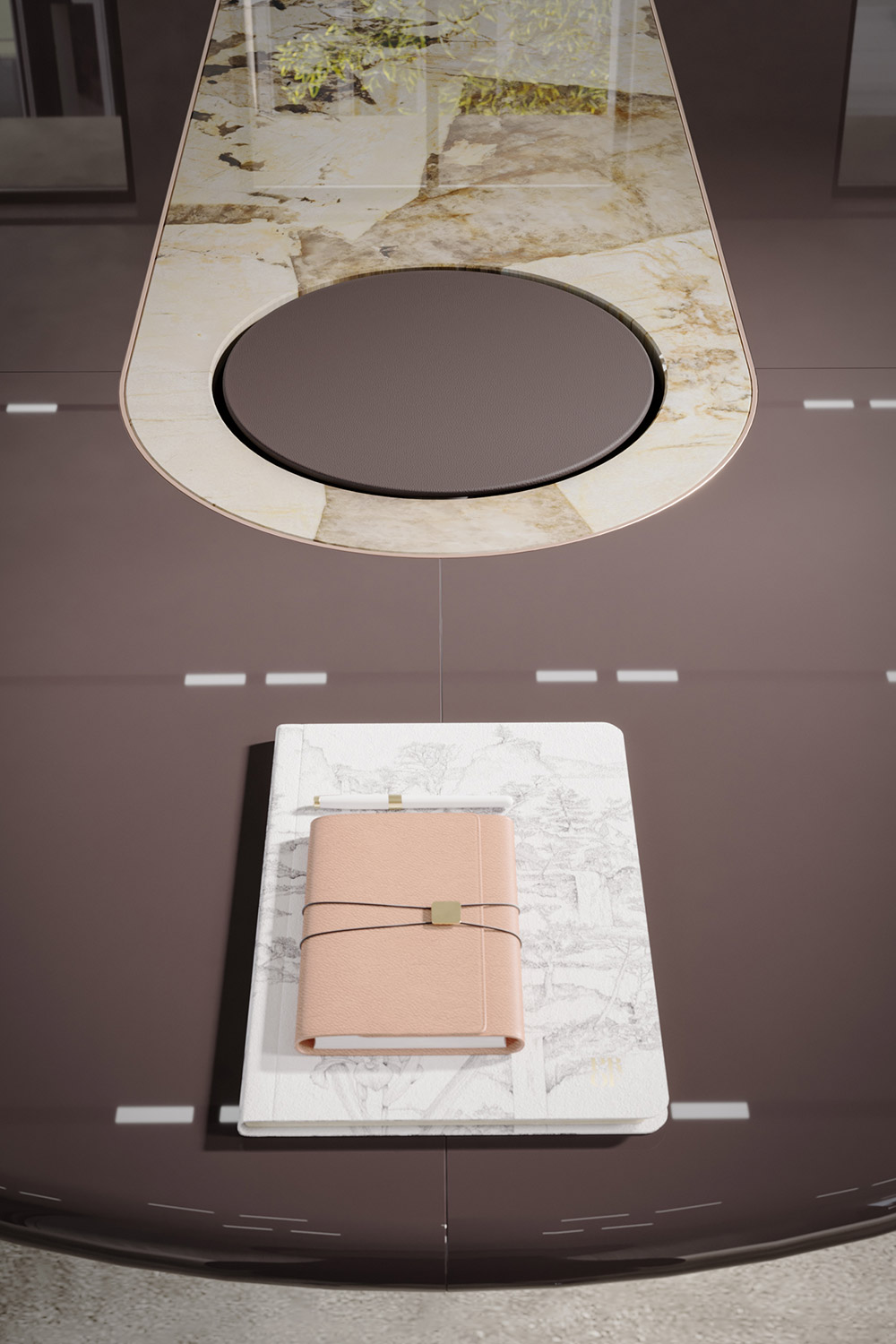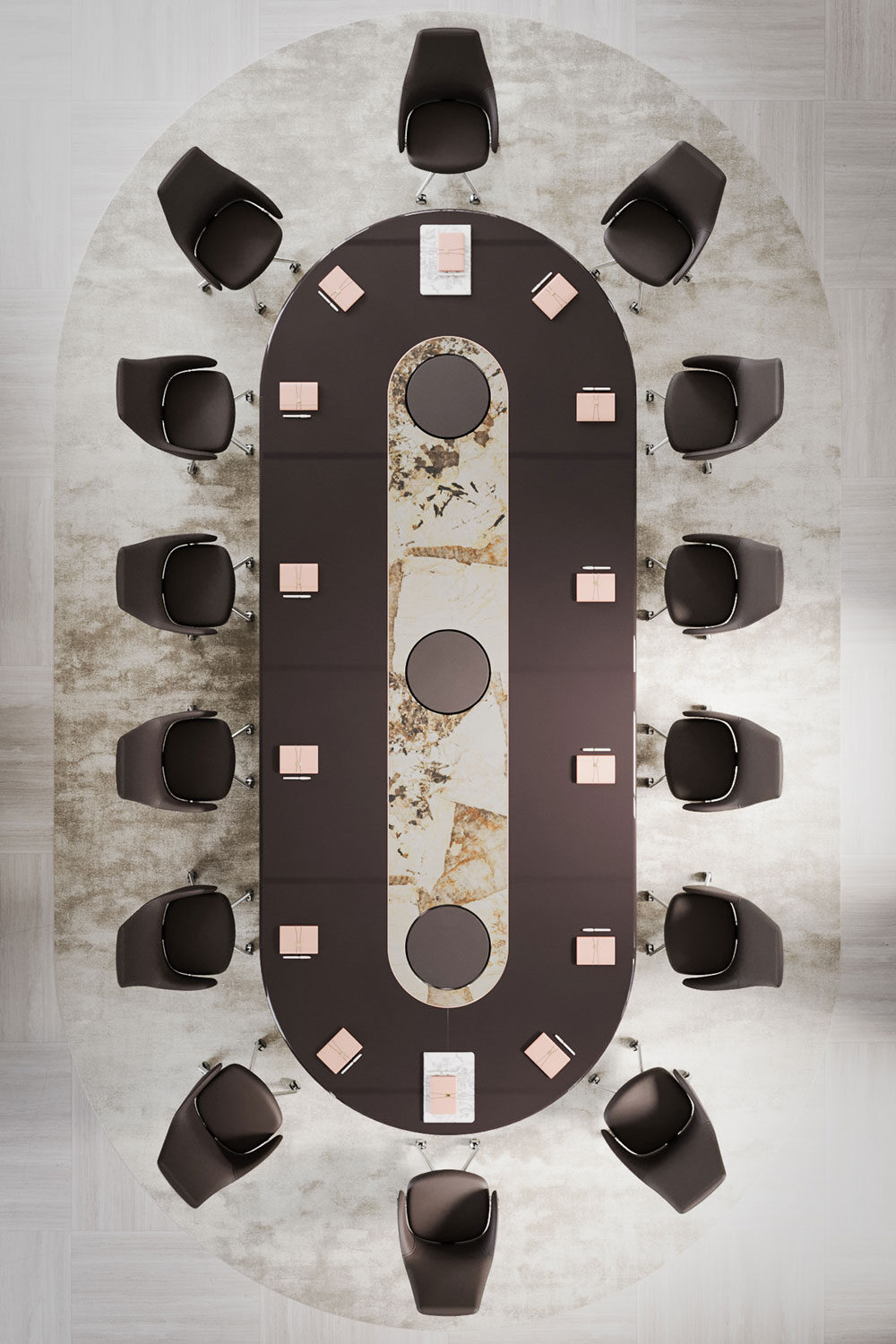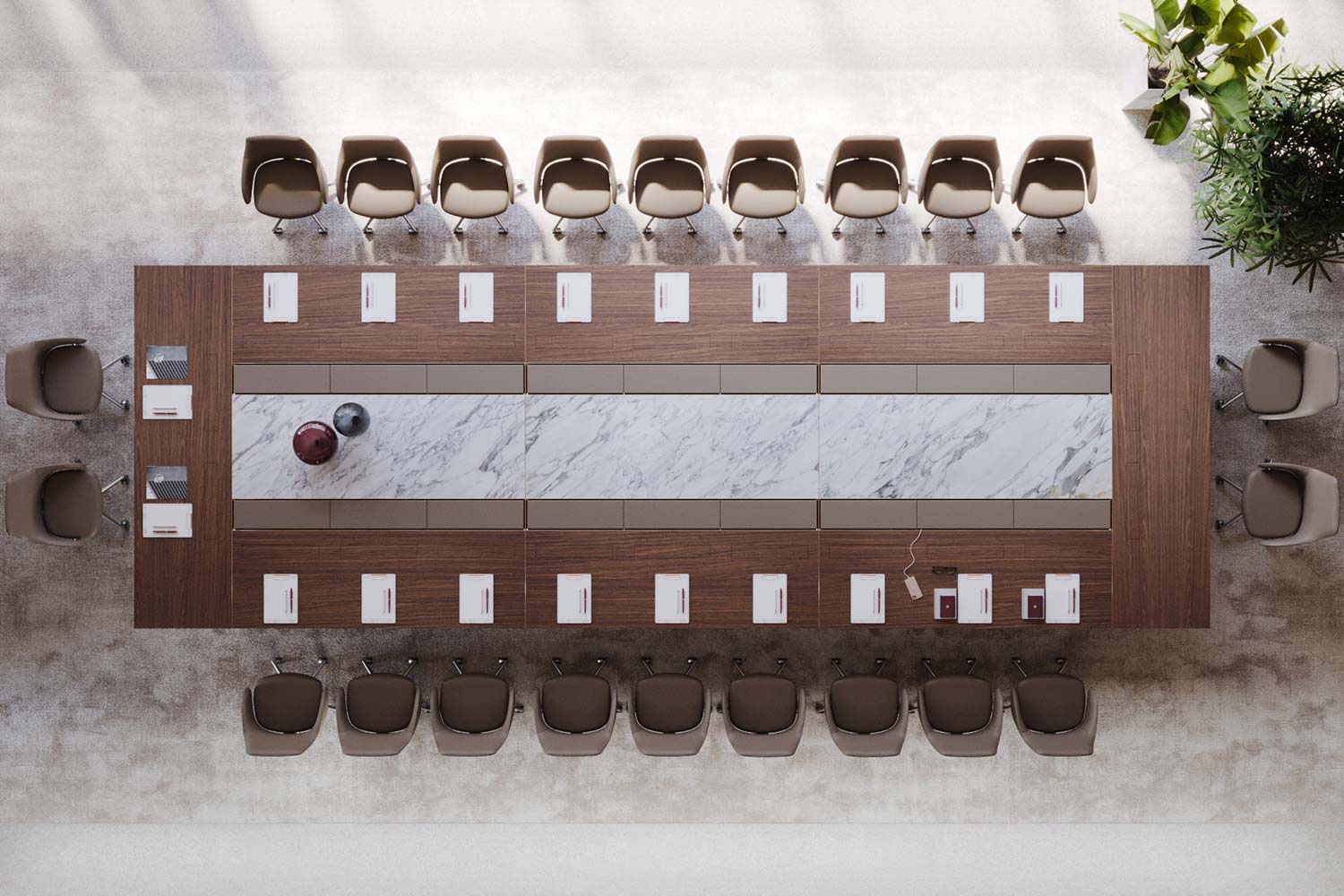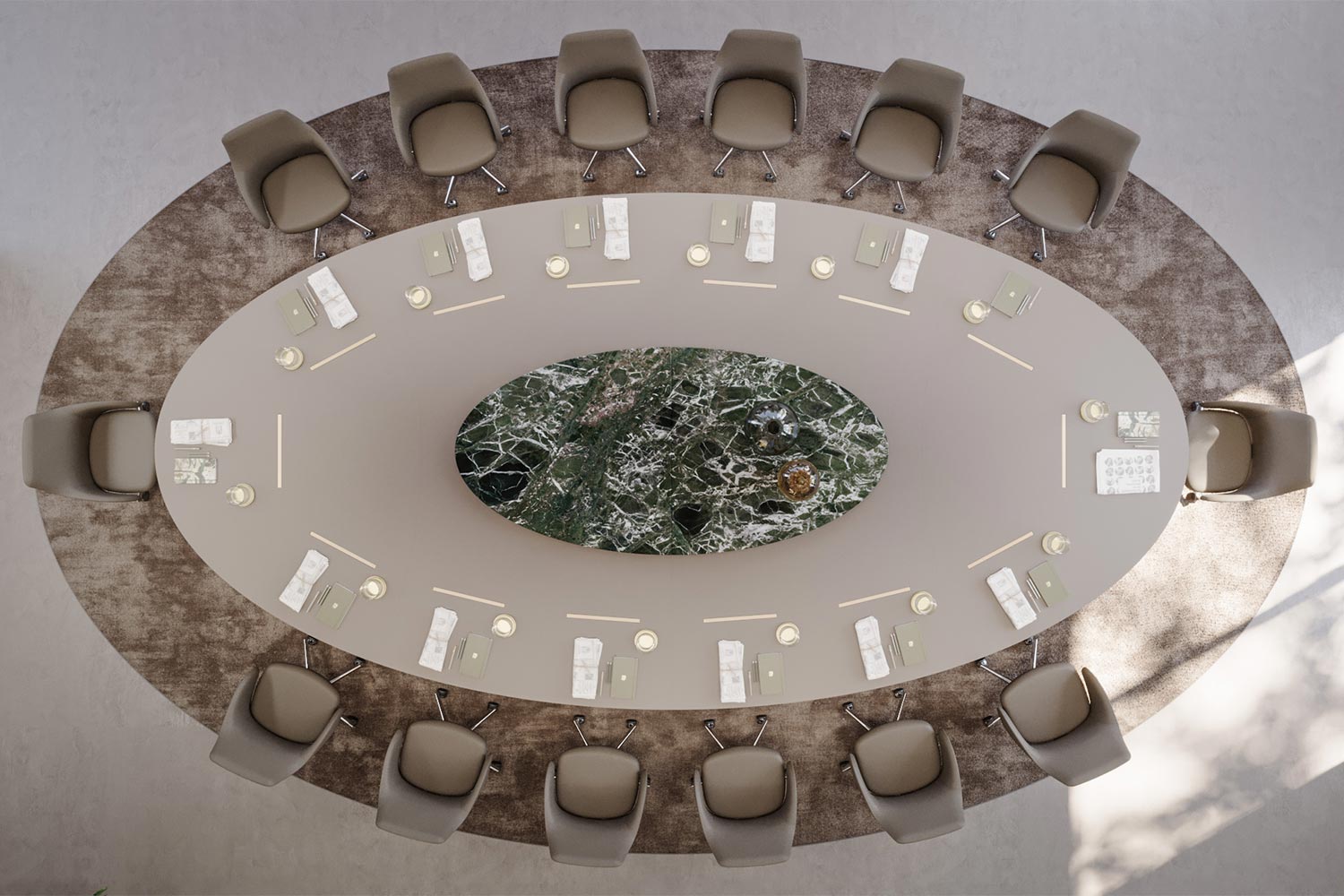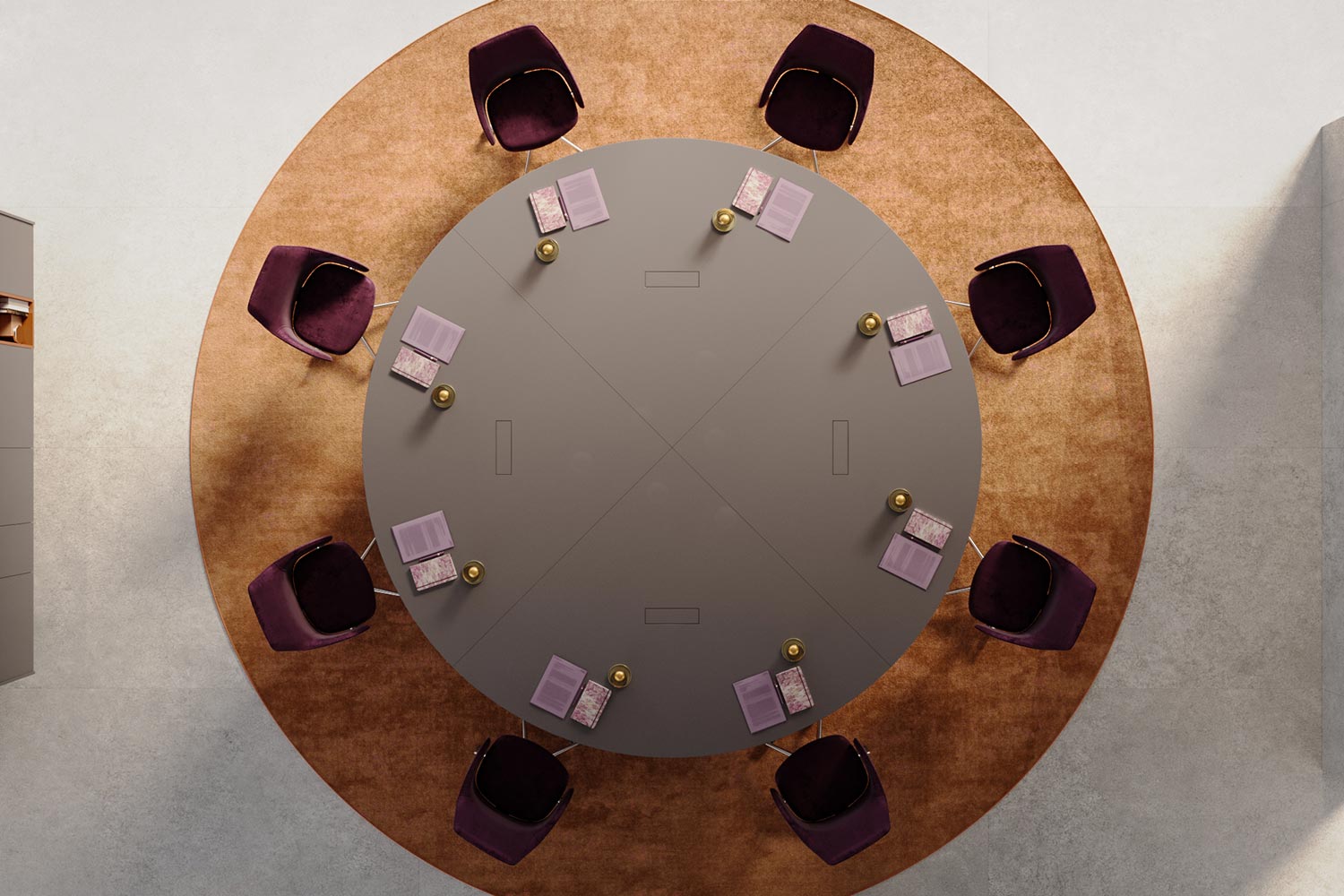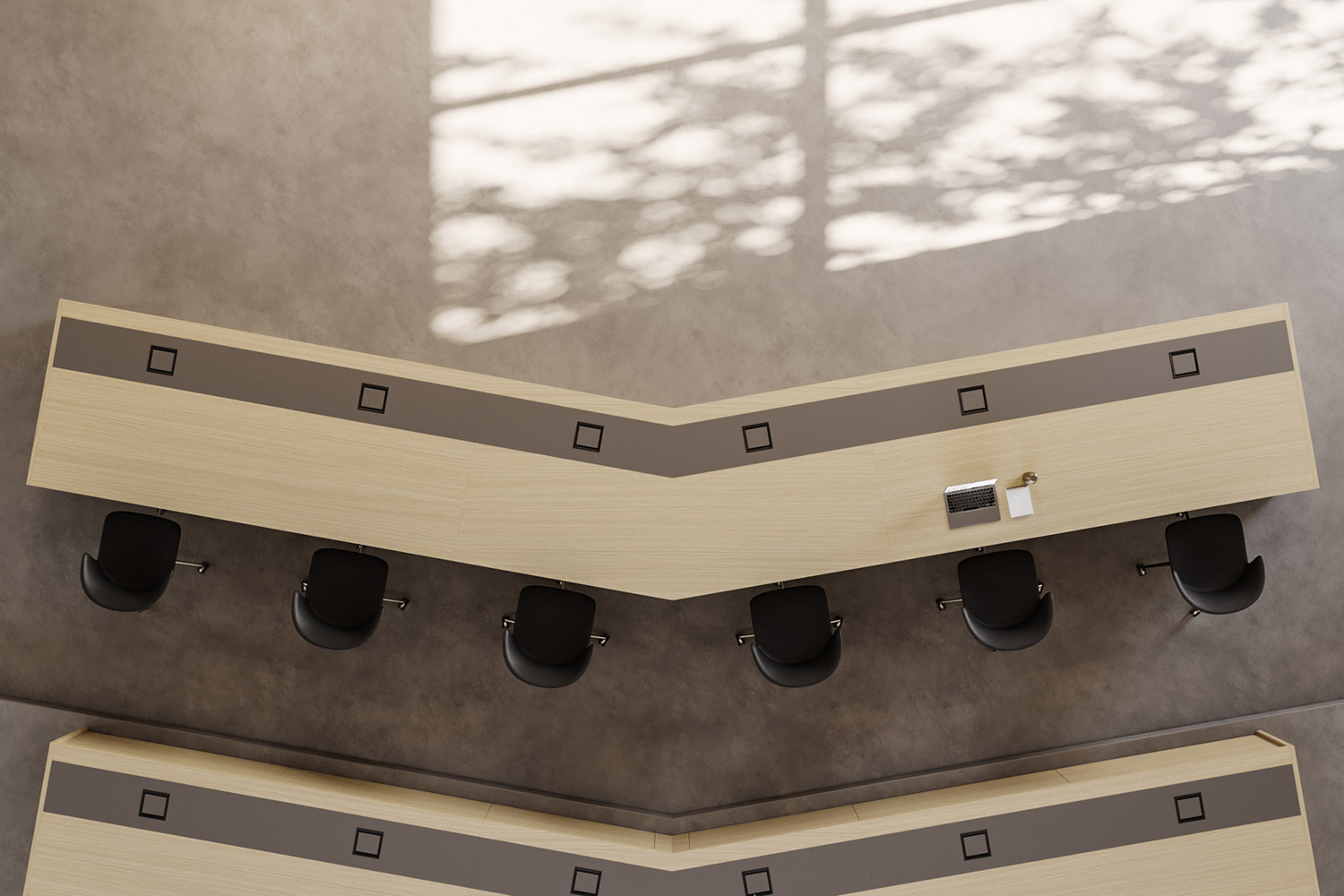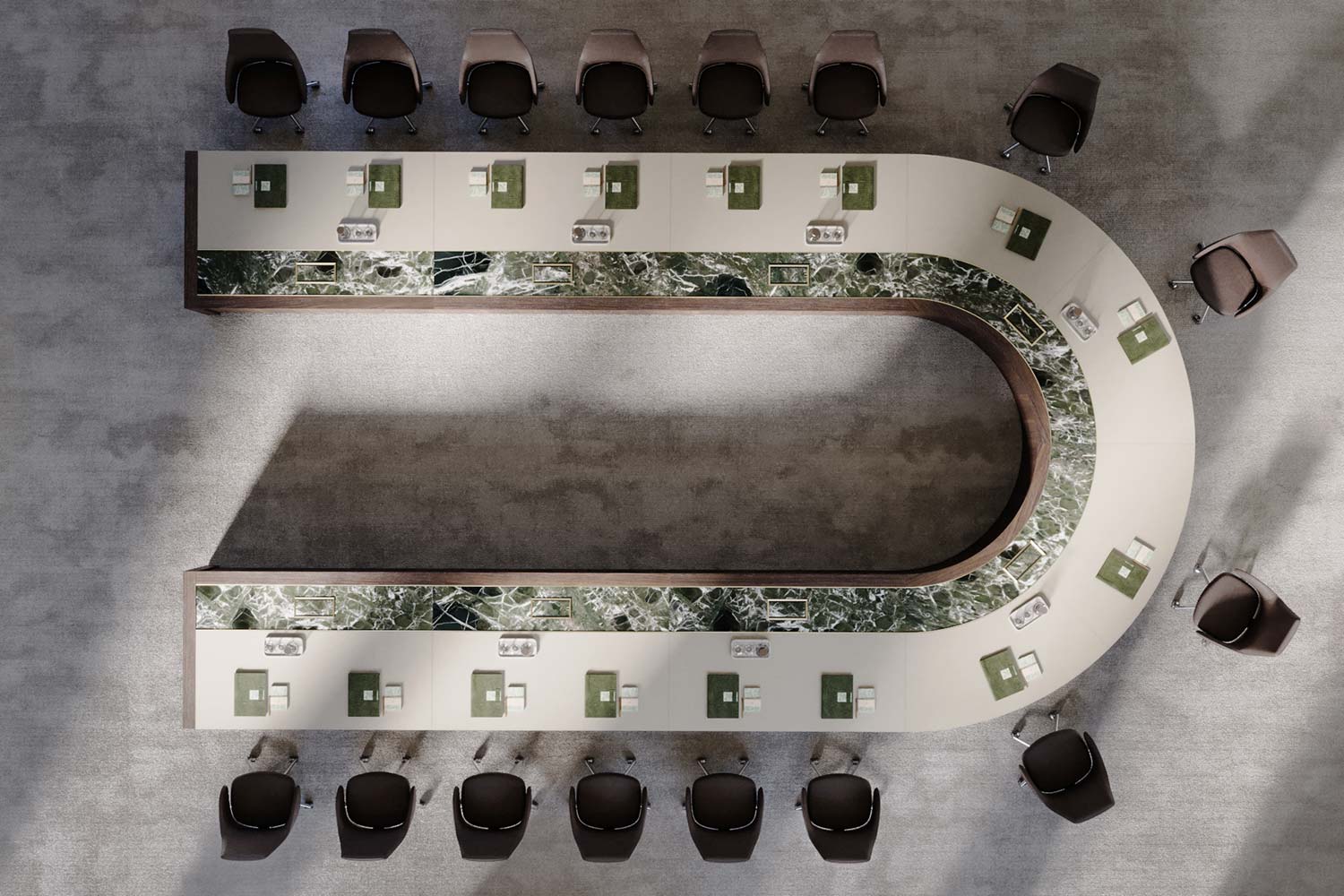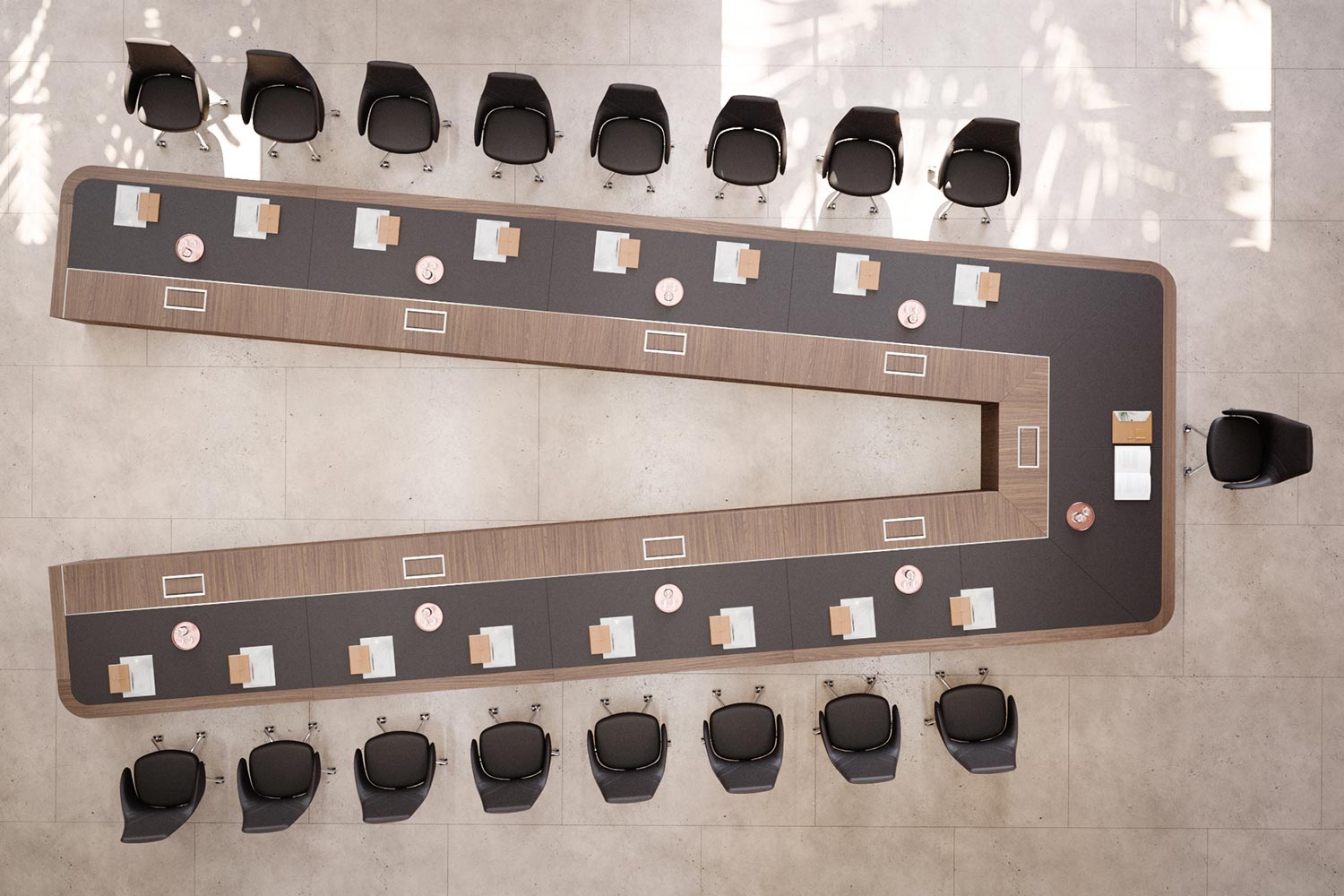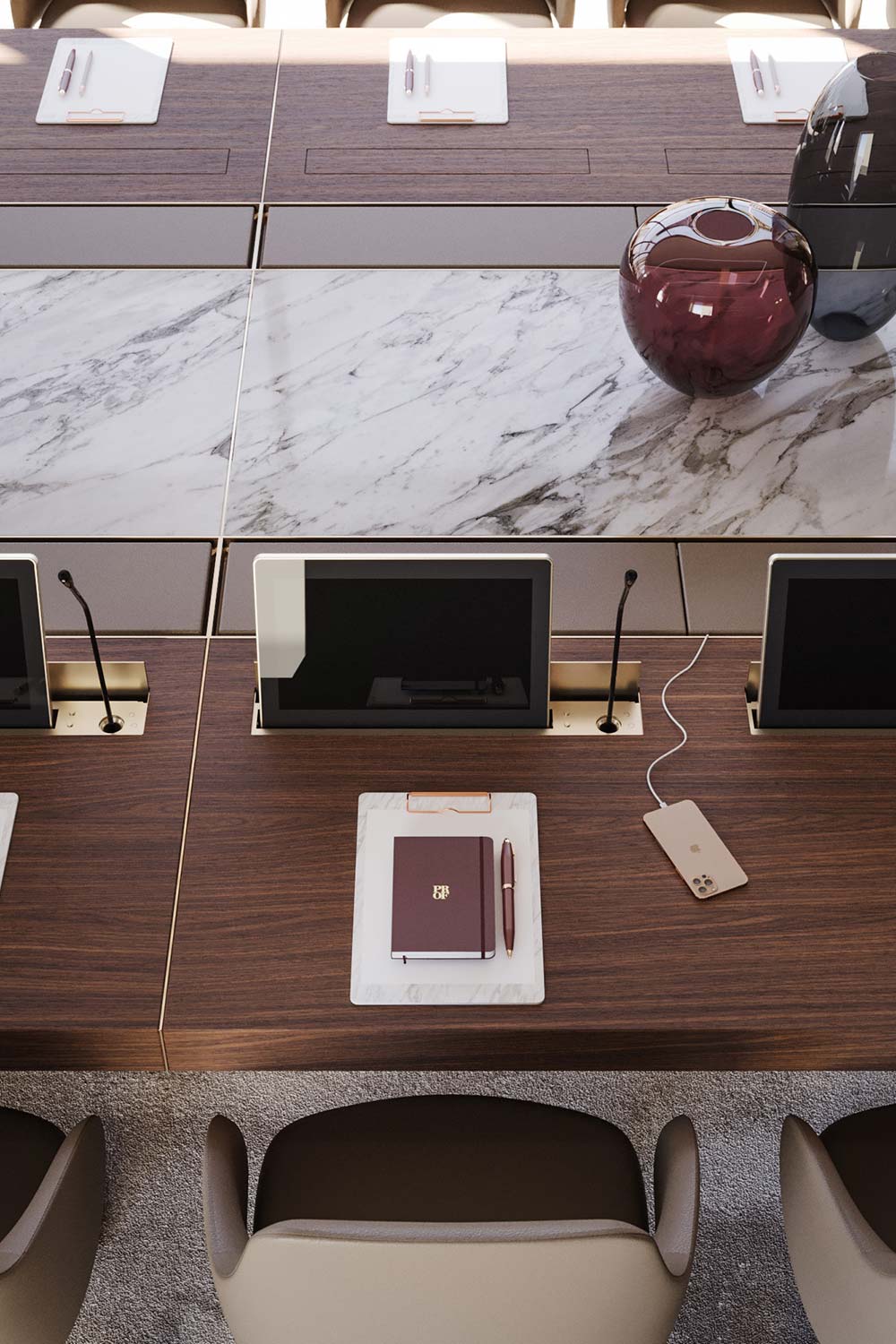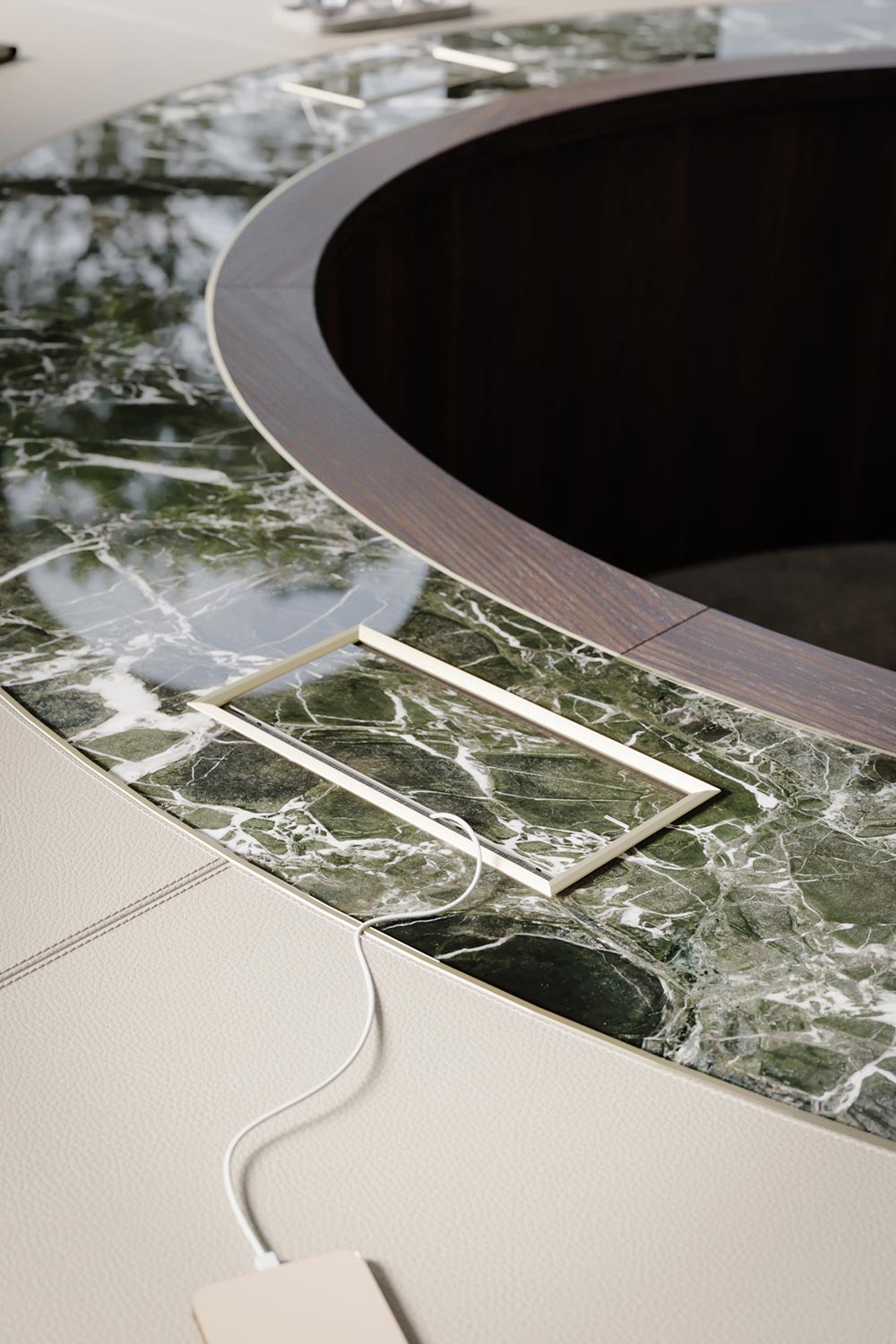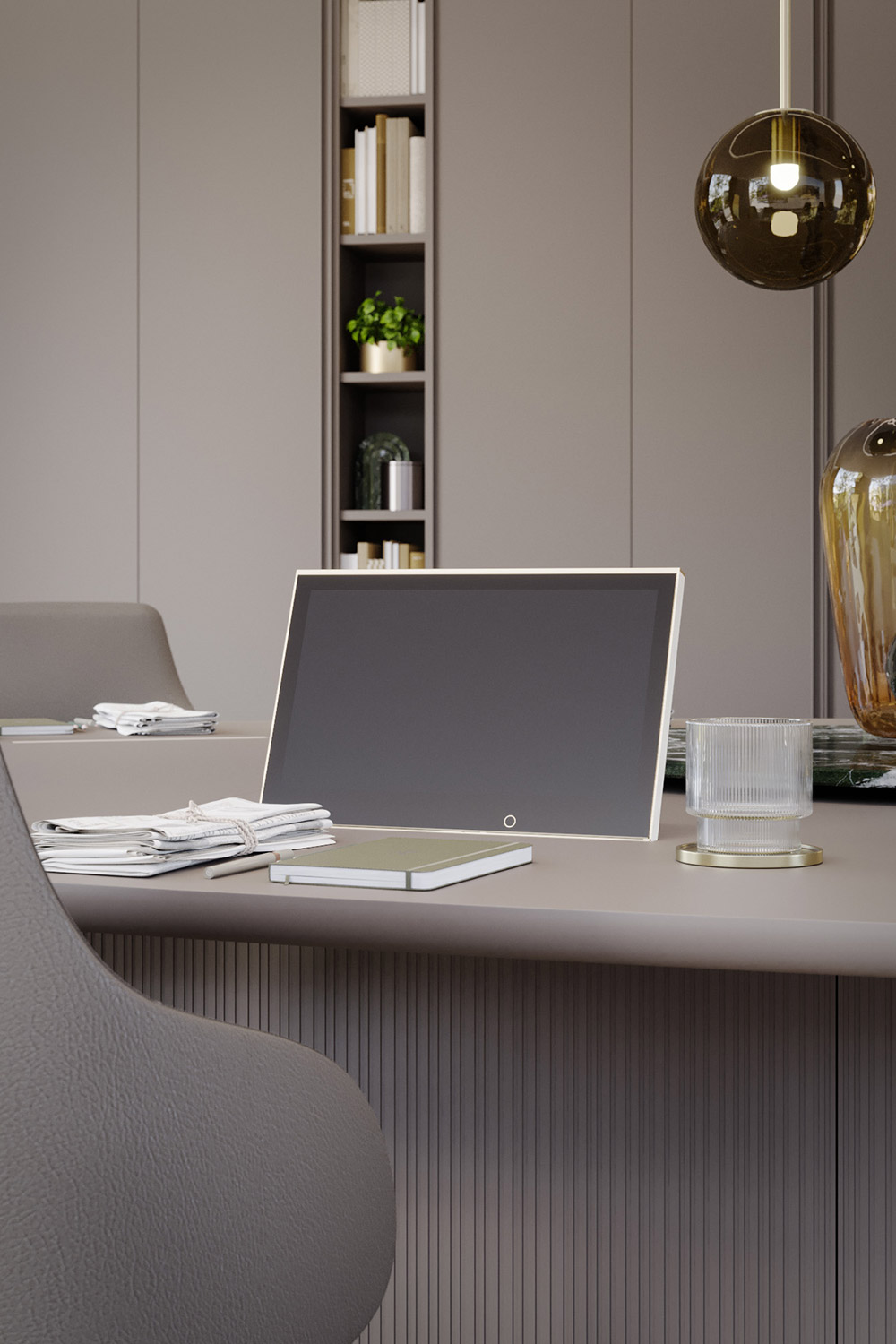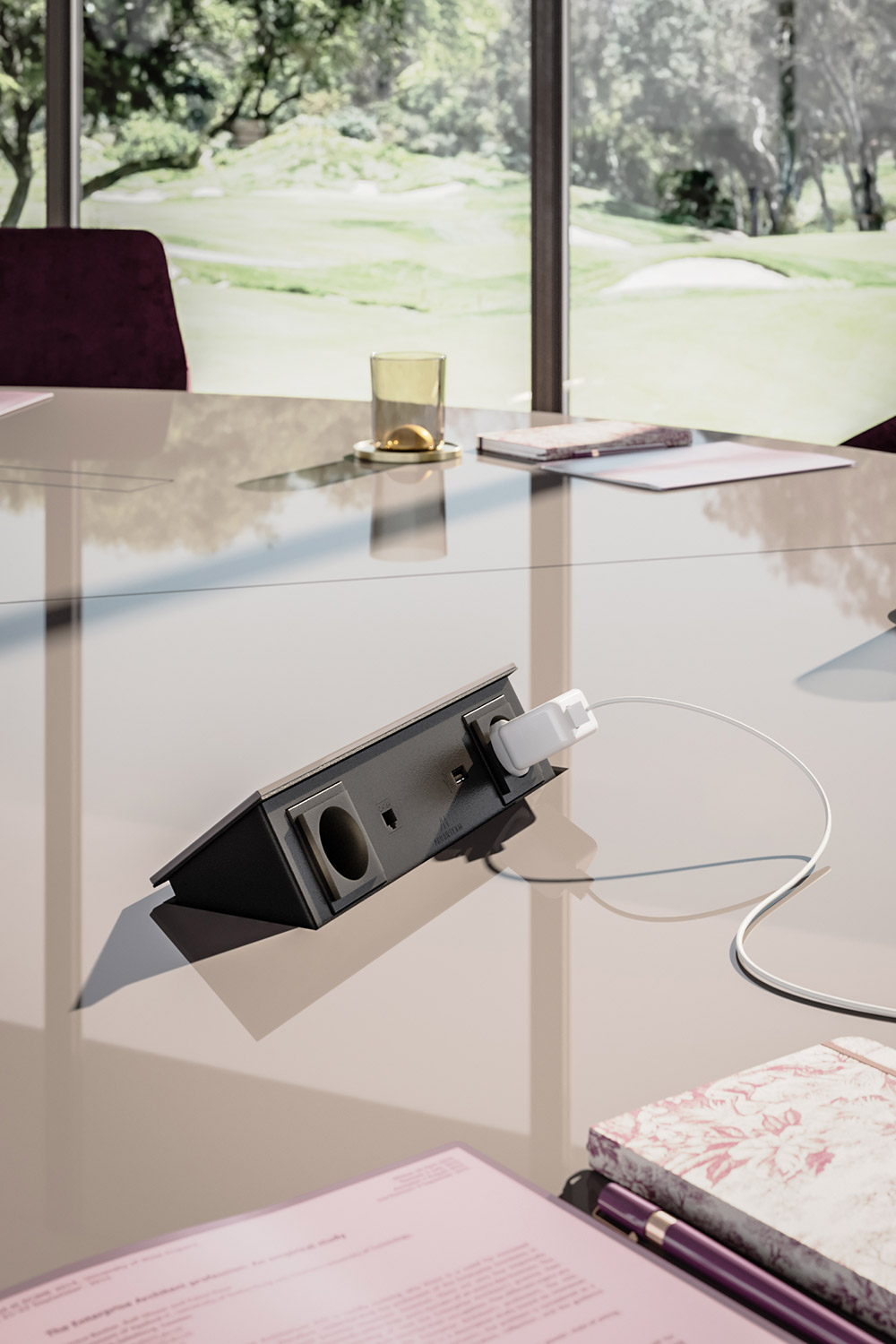Meeting table size guide: how to choose the right one
Meeting table size guide: how to choose the right one
How to define the ideal table based on the number of people and the size of the meeting room
In every office, the meeting room is a strategic space: this is where decisions are made, projects are developed, and clients are welcomed. At the center of this space, there is always one key element: the meeting table. Choosing one with the correct dimensions is not just a matter of aesthetics, but above all, of functionality. A table that is too small can create discomfort and limit productivity, while one that is too large, may make the room feel empty and inefficient.
This guide will help you to choose the right table based on the number of participants, and the room’s dimensions.
1. Calculate the minimum space per participant
To ensure comfort and efficiency, each person seated at the table should have at least 60–70 cm of linear space. This allows for comfortable laptop use, note-taking, and active participation in the conversation. A proper assessment of the meeting table size is the first step toward ensuring functionality and well-being.
2. How much space is needed around the table?
In addition to the table size, it’s essential to evaluate the surrounding space to ensure freedom of movement. The basic rule is to leave at least 100–120 cm of space on each side from walls, or other furniture. This allows participants to stand and move around comfortably, and for others to pass by without obstacles.
3. Match the table shape to the room and meeting dynamics
Besides size, the table shape also affects ergonomics, and interaction among participants:
- Rectangular: classic and versatile, ideal for long rooms.
- Oval: softens corners, encourages smoother communication.
- Round: perfect for small groups, promotes equality.
- Square: works well in compact environments.
- U or V shaped: ideal for meetings with speakers, training, and presentations.
4. Technology and accessories: built-in functionality
Modern meeting tables often need to integrate essential tech solutions, to ensure efficiency and order: power outlets, USB ports, HDMI or wireless connections, wireless charging modules, video conferencing systems, and cable management. These features enhance meeting quality, support hybrid collaboration, and contribute to a professional, functional, and visually clean environment. Planning them during the design phase is key to an effective and cohesive result.
5. Custom solutions: when it’s worth it
A custom-made meeting table is the ideal choice for rooms with special requirements, or for those who want to stand out. Besides optimizing space, it allows the creation of a unique piece that reflects the company’s identity through customized materials, shapes, and finishes. It’s not just an aesthetic solution, it’s also functional: a purpose-built table enhances the meeting room, and communicates professionalism and attention to detail.
A table is not just a table
Choosing the “right” meeting table is an investment that directly impacts the quality of meetings and your company’s image. It’s not just a surface to gather around, but a space for discussion, vision, and representation. Choosing it wisely means designing not only the furniture, but also the experience of those who use it daily. For this reason, evaluating the meeting table size, in addition to shape and functionality, is not a detail, but a strategic choice. Because around a well-designed table, ideas, relationships, and the future are built.
